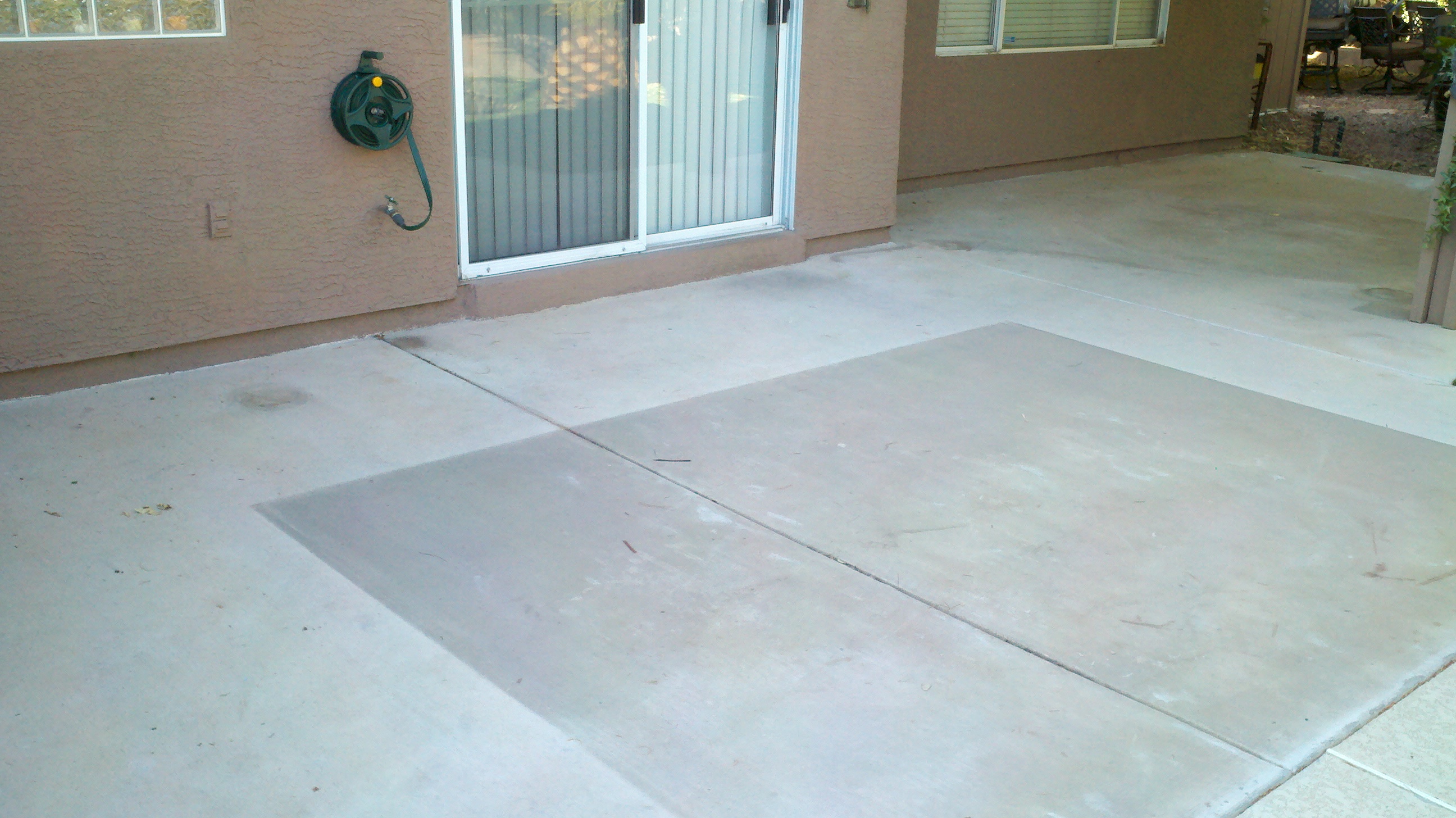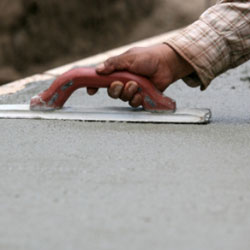
 If you have relatively new concrete and you begin to see cracks forming, it’s common to consider that it must be the fault of your contractor or that something is wrong. In fact. that may not be the case at all. Cracks in the concrete, whether new or old are very often misunderstood.
If you have relatively new concrete and you begin to see cracks forming, it’s common to consider that it must be the fault of your contractor or that something is wrong. In fact. that may not be the case at all. Cracks in the concrete, whether new or old are very often misunderstood.
Sometimes cracks are inevitable and the best that any contractor may be able to do is control the cracking or keep it in a specific area. In some cases this is done by prepping the area well, getting the best sub-grade, making sure that the concrete is not as wet and using reinforcement where necessary. It may also be assisted by the use of crack control joints and expansion joint areas. In spite of that, you may still see cracks forming and many customers are upset by that.
Rest assured that sometimes it’s inevitable and the American Concrete Institute even addresses that in their ACI 302.1-04. They say
“Even with the best floor designs and proper construction, it is unrealistic to expect crack-free and curl-free floors. Consequently, every owner should be advised by both the designer and contractor that it is normal to expect some amount of cracking and curling on every project, and that such occurrence does not necessarily reflect adversely on either the adequacy of the floor’s design or the quality of its construction (Ytterberg1987; Campbell et al. 1976).
Make it a point prior to having the concrete poured to ask for an evaluation on what level of cracking you can expect in your project so that you and your contractor are on the same page.

Be the first to comment